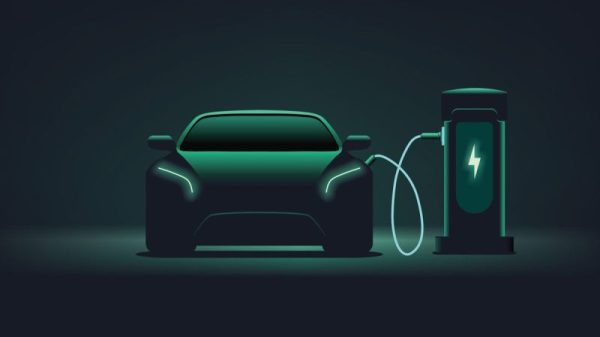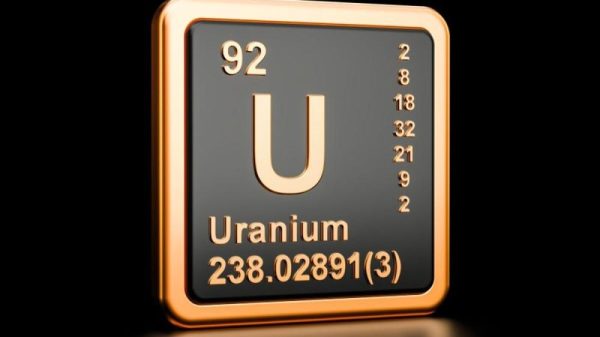As the world continues to move away from fossil fuels to green sources of energy, the role of battery metals is becoming increasingly important, with graphite being no exception.
Analysts continue to be optimistic about the future of graphite and its use in electric vehicle (EV) batteries — at least for the next few years. Both synthetic graphite and natural graphite, in the form of the intermediate product spherical graphite, are currently used in the anodes of lithium-ion batteries.
What happened in the graphite market so far in 2023? Read on to learn about the main supply and demand dynamics in H1 and what market participants are expecting for the rest of the year.
How did graphite perform in h1 2023?
Following a rally in the first few months of the year, graphite prices ended 2022 almost muted.
“However, we’ve seen prices decline quite heavily this year due to a weakening of demand related to the poor economic conditions around the world and stockpiles of material through the EV supply chain.”
“Following this, prices have experienced a decline up until the present day due to a relatively lackluster demand for graphite material from the anode sector, with the sentiment within the industry being that downstream demand would have been higher this year than it has been,” Alderson added.
Additionally, the analyst said major cell manufacturers have been focusing on cost reduction measures on the anode side, as the materials involved in the cathode side have comparatively higher costs and have less price flexibility.
“This approach has resulted in lower anode material prices. This also extended to major players in the anode market, which have utilized their stronger purchasing power over flake graphite producers to negotiate discounted prices for battery feedstock materials,” Alderson said.
For synthetic graphite, price volatility has been the name of the game for the first six months of the year on the back of robust supply.
“Battery anode manufacturers have continued to incorporate a higher proportion of this cheaper material into their feedstock blends and have diversified their sources of coke supply away from more expensive needle cokes,” Alderson said.
What is the graphite supply and demand forecast for H2 2023?
At the end of last year, analysts were expecting demand from the battery segment to continue to grow on the back of increased EV sales, with growth opportunities for both synthetic and natural graphite.
By volume, graphite is one of the most important elements in any electric vehicle battery ― with between 50 and 100 kilograms of graphite, whether synthetic or natural, present within each vehicle.
During the second half of the year, Wood Mackenzie is expecting demand for natural graphite to improve.
“EV sales are continuing to grow rapidly, up some 45 percent year-on-year in May and 12 percent month-on-month,” Willoughby said. “Steel demand should return as the economic environment improves.”
Similarly, Benchmark Mineral Intelligence is forecasting natural graphite demand to gradually rise throughout 2023.
“(This is) in line with gradual downstream demand growth from the lithium ion battery cell industry, which is still set to rise by over 30 percent year-on-year,” Alderson said.
At the same time, Benchmark Mineral Intelligence is seeing an increase in demand share for synthetic graphite anode material compared to its forecast at the start of the year.
“Prices for synthetic graphite anode material have fallen drastically over the last 6 months, and are continuing to do so as new capacity is being brought online and synthetic graphite anode players are using cheaper feedstock material (medium sulfur coke as opposed to low sulfur coke),” Alderson said.
Synthetic graphite demand is expected to rise as well in the second half of the year.
“The difference we will continue to see throughout 2023 is this gradual demand growth compounded by the increased demand we are seeing for synthetic graphite anode material,” Alderson said.
Looking over to supply, both natural graphite and synthetic face challenges ahead.
For synthetic graphite, capacity for graphitization, which is the process of turning needle coke into synthetic graphite, has proven a bottleneck for synthetic graphite producers in recent years.
“The major Chinese synthetic graphite producers are now installing integrated capacity with new synthetic graphite anode projects, but this could potentially cause challenges for other players in the market,” Willoughby said.
For Alderson, the two challenges faced in the medium to long term will be firstly for synthetic graphite anode producers that are focused on the high-energy end-use markets. These markets use pet needle coke as their preferred feedstock, and having to source this material could be a hurdle.
“Additionally, if environmental, social and governance measures become more stringent and there are rules coming into play that enforce reducing carbon emissions to the end of the decade (most likely adopted in the excluding China market), then demand for synthetic graphite material is set to be reduced unless they are able to manage their ESG credentials more effectively in the future,” he said.
On the natural side, flake graphite is expected to be in deficit in 2024 and 2025, given a lack of supply side development against a strong end-market demand.
“The main challenge for natural graphite miners is getting the supply up in time to meet this rising demand, with it taking up to 30 years to build out a mine from investment to production outside of China,” Alderson said.
Many junior miners are looking to install refining capacity alongside their mines using new processing methods.
“Historically, hydrofluoric acid has been a significant component of the refining methods, but there are concerns over its use,” Willoughby said. “However, the new methods are typically unproven on a commercial scale and thus represent a significant hurdle for the miners in terms of securing investment.”
Wood Mackenzie has revised its forecast for supply of natural graphite since the start of the year, increasing its January numbers due to greater than anticipated output from some of the traditional Madagascan producers.
What’s ahead for graphite in H2 2023?
Now that the first half of the year is over, investors are looking for cues as to what could move prices going forward.
On a bright note, there are signs that the stockpiles of graphite and anode materials built up over the earlier part of the year are being consumed.
“Once these have cleared, we expect prices to improve,” Willoughby said. “However, the upside will be limited by the fact that some of the major graphite miners have slowed production in recent months (due to weaker demand); prices will face some headwinds as these mines ramp back up.”
Benchmark Mineral Intelligence is anticipating relative stability over the next month on the back of a mostly balanced supply-demand dynamic, with downstream demand increasing but also domestic supply remaining robust throughout the summer months.
“In regards to synthetic graphite prices, these are also set to remain relatively stable (or have a) slight slide in the near term,” Alderson said.
When asked about the main factors to watch in the second half of the year, Willoughby pointed to China. The Asian country has had issues with power generation during especially hot periods over the last few years, particularly in provinces that have a high proportion of hydroelectric power generation.
“This year, the heatwaves have begun especially early. If these persist, we could expect issues again this year,” he said.
The top four provinces for hydroelectric power, Yunnan, Sichuan, Hubei and Guizhou, have just under a quarter of the country’s synthetic anode capacity, and the production process is particularly energy-intensive.
“Any energy restrictions in these provinces could see prices rise, potentially with a knock-on impact to natural material,” Willoughby added.
Securities Disclosure: I, Priscila Barrera, hold no direct investment interest in any company mentioned in this article.


































